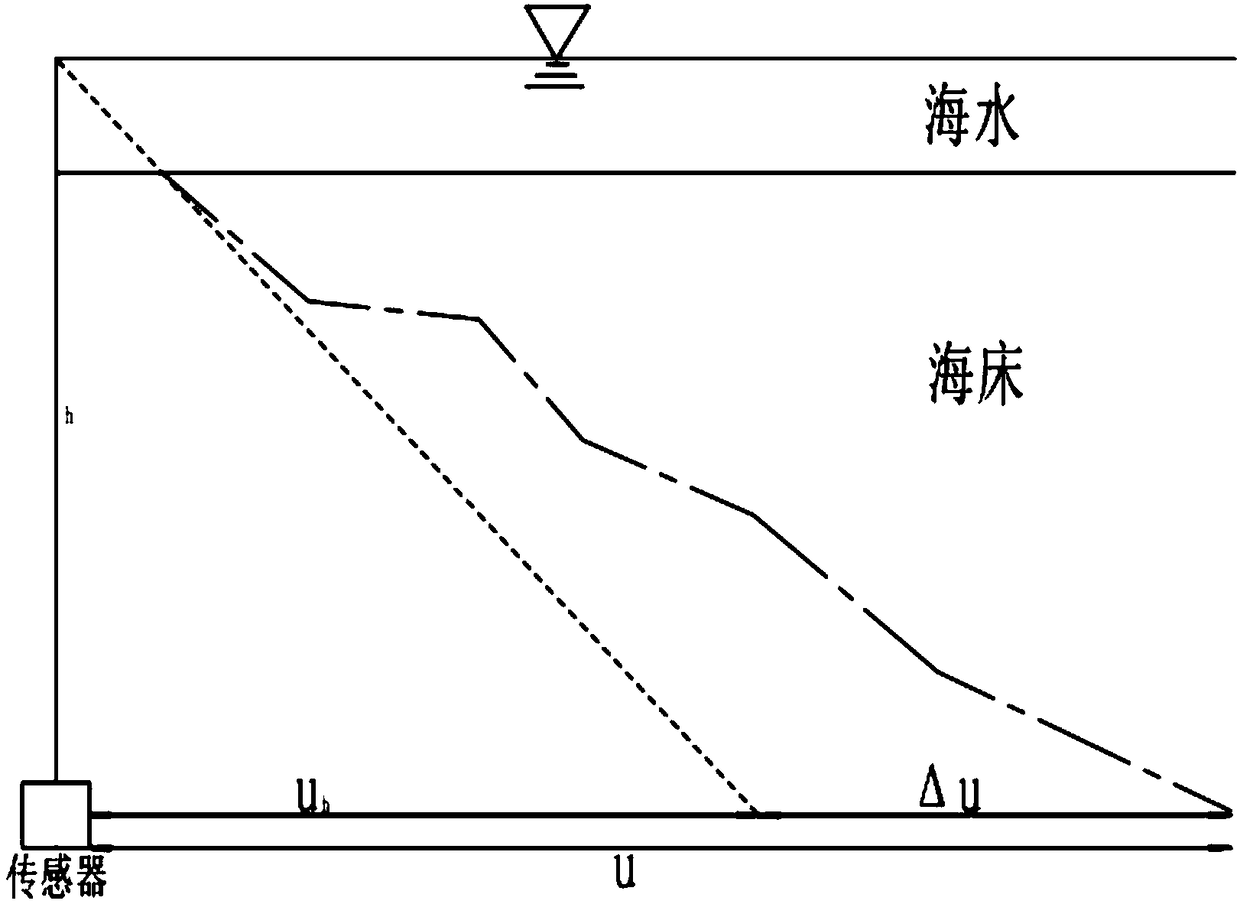Cone penetration test probe suitable for use in deep sea
A technology of pore pressure static penetration and pore water pressure, which is applied in the field of foundation soil survey, construction, infrastructure engineering, etc. It can solve the problems of small measurement range, inability to calibrate in situ, low precision, etc., and achieve the problem of improving precision , Convenient in-situ calibration, small resolution effect
- Summary
- Abstract
- Description
- Claims
- Application Information
AI Technical Summary
Problems solved by technology
Method used
Image
Examples
Embodiment Construction
[0028] The embodiments of the present invention will be described in detail below with reference to the accompanying drawings, but the present invention can be implemented in many different ways defined and covered by the claims.
[0029] Such as figure 1 As shown, the present invention first discloses a pore pressure static penetrating probe that can be used in deep sea, including a cone head 1 and a pore water pressure detection device 2, a hollow hydraulic chamber 6 is arranged in the probe, and the cone head 1 is provided with At the head position of the probe, a permeable hole 22 communicating with the outside is arranged on it. The pore water pressure detection device 2 divides the hydraulic chamber 6 into a front hydraulic chamber 61 and a rear hydraulic chamber 62 which are not connected to each other. The pressure chamber 61 communicates with the water hole 22 through a first water-permeable channel 23, and the rear hydraulic pressure chamber 62 communicates with the...
PUM
 Login to View More
Login to View More Abstract
Description
Claims
Application Information
 Login to View More
Login to View More - R&D
- Intellectual Property
- Life Sciences
- Materials
- Tech Scout
- Unparalleled Data Quality
- Higher Quality Content
- 60% Fewer Hallucinations
Browse by: Latest US Patents, China's latest patents, Technical Efficacy Thesaurus, Application Domain, Technology Topic, Popular Technical Reports.
© 2025 PatSnap. All rights reserved.Legal|Privacy policy|Modern Slavery Act Transparency Statement|Sitemap|About US| Contact US: help@patsnap.com


